
A show about relationships with the land
There are many ways to listen to the show: Listen live on CFRU 93.3 fm broadcasting from the University of Guelph Mondays at 6pm EST or listen to the podcast via Spotify, Apple, or just follow the rss feed.

Ep. 266 : Getting to know Song Sparrows
I have been excited about Song Sparrows for a while. Theirs was one of the first complex songs I learned to identify, and being such a common neighbour on the landscape it’s hard to go a few days without hearing them, even in Winter, but especially in the Spring.
While out today, I came across a couple Song Sparrow tracks in the silt newly laid down by the receding Eramosa River flood waters and it pricked my interest to dig in a little deeper to this common figure in my life.

Ep. 265 : The Legs of the White-tailed Deer
I have found sign of three dead White-tailed Deer in the past three weeks. One, killed by Coyotes. Another, hit by a vehicle, found on the side of the highway. And also, I found a White-tailed Deer leg while trailing a Coyote. All of these encounters have been teaching me a lot about the legs of the deer and I wanted to look a little bit deeper into these moments, and to share the stories.
I go on to detail what I have been learning about the legs, especially in the context of the hind legs, about the glands located there. Of course, you can read the blog post, or you can learn a little bit more from listening to the show.
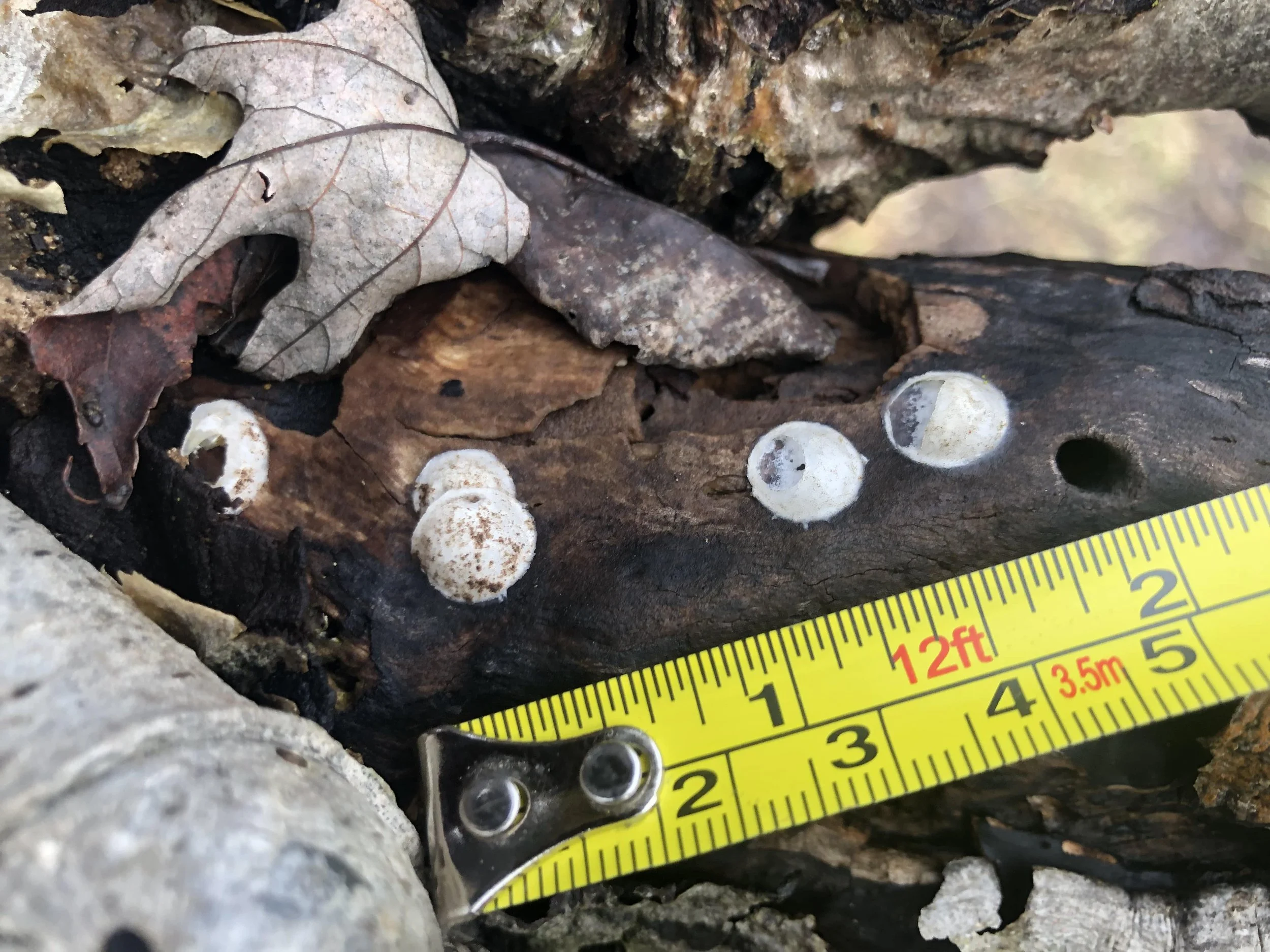
Ep. 260 : New Year, New Egg Case
I was out for a walk along the Eramosa River in Guelph with a pal on New Years Day, when she lifted a log and showed me some strange white patches along it. I guessed by the appearance of them, being small, white and silken-like, with many around, that they were likely egg cases of some small invertebrate.
White, circular with a thin shallow dome constructed of webbing got me wondering who may have created this? I decided that this find, like a lot of the small wonders of the world would be worth researching a bit and recording a show about.

Ep. 250 : Jewelweed
Jewelweed is a very common, very attractive and conspicuous species on the landscape. We see them often and are probably pretty familiar with the flowers, fruit and form. I see them down by the river, in the understory of thick forests, and sometimes on the edge of wet meadows. I have also been hanging out with them recently in areas which can be called “post-industrial wastelands”; lands where industry has so polluted and harmed that there are still pollutants and chemicals wrapped up in the soil. But still the Jewelweed thrives.
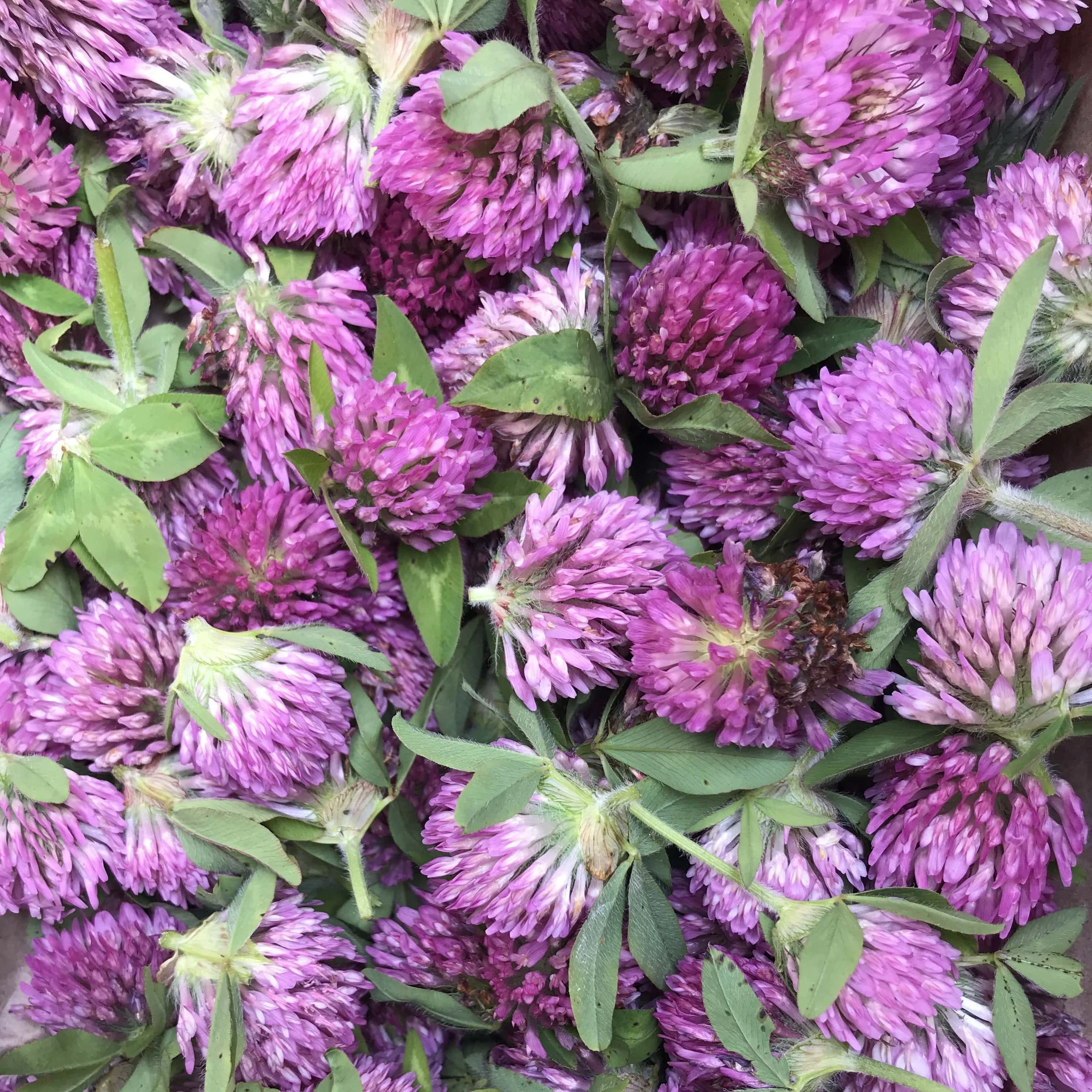
Ep. 246 : Healing Relationships with Land Through Help of Red Clover
I have been feeling a little bit distant lately. Like some sort of anxious attachment distant. Avoidant even. While trying to not be too clingy or handsy with the land, I have slipped into a disconnection, being one that just observes but doesn’t participate in the ways that brought me into relationship with so many plants in the first place. I have been feeling this disconnect, and recognizing something had to be done. Then along comes Red Clover.
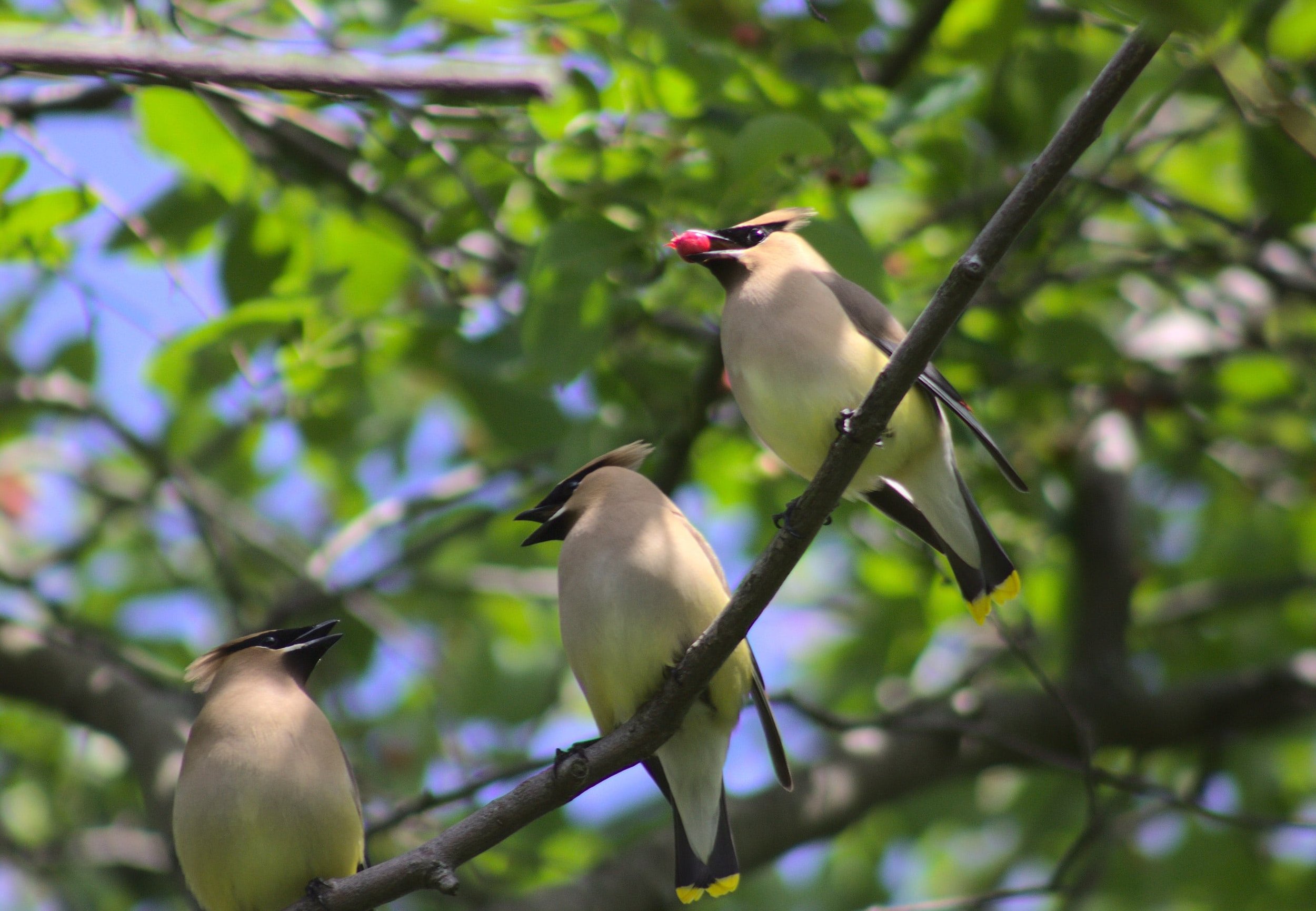
Ep. 245 : Cedar Waxwings in Early Summer
Sometimes Cedar Waxwings are regarded as a “just a..” bird. “It’s just a Cedar Waxwing”, you might hear from another birder who is looking for some elusive flycatcher or late migrant. But if we take the time to pay attention to the mundane, we sometimes see some magic in elusive or even commonplace behaviours.
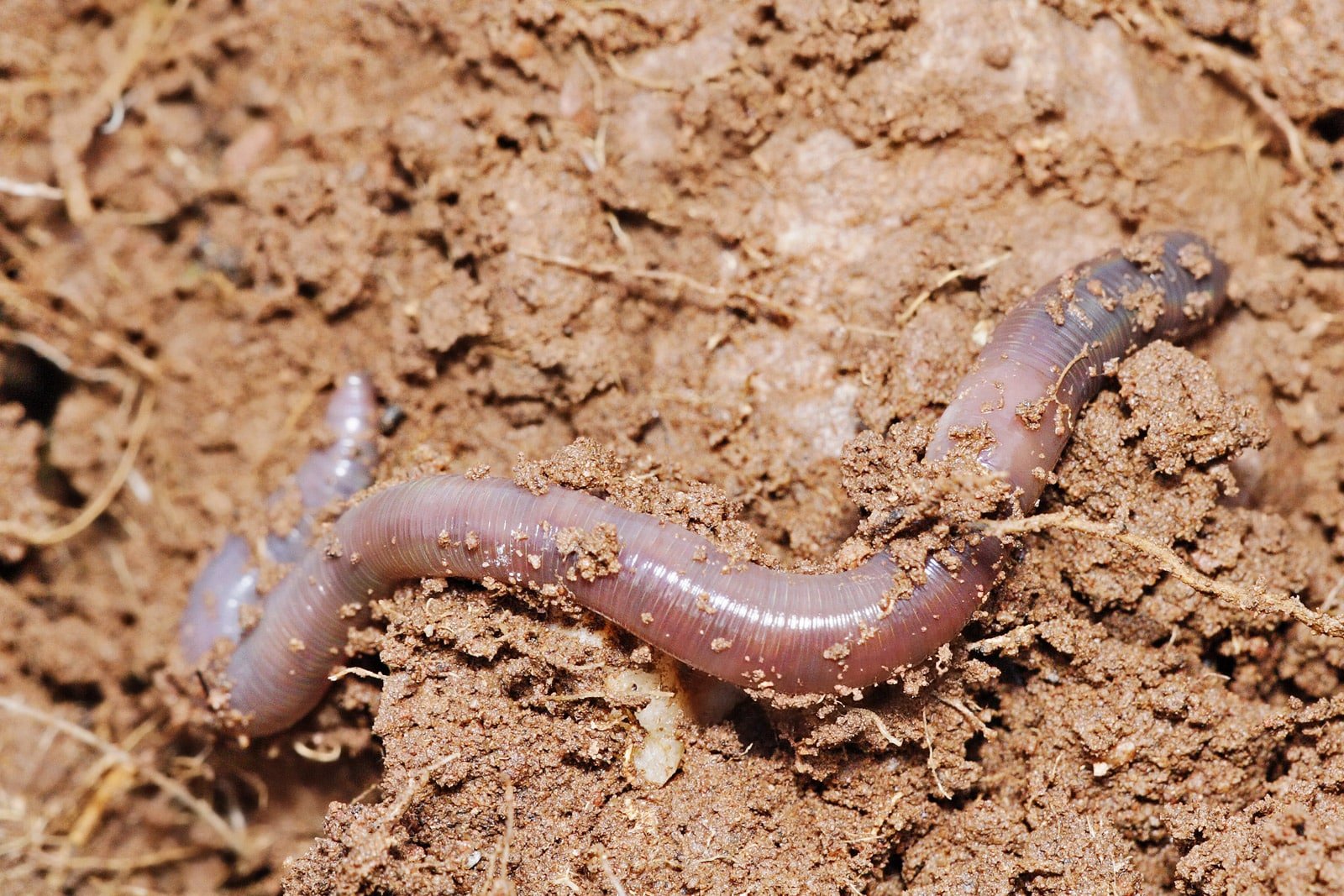
Ep. 242 : I really don’t know much about Earthworms
This past weekend I got to participate in my second track and sign evaluation and one of the most interesting things I learned was some new Earthworm sign which triggered the thought… I really don’t know much about Earthworms.
I ended up crawling through all of my books to see what I had on the topic, but there wasn’t much. A couple paragraphs here, a photo or two there, but there was enough to tickle my curiosity.
Listen to the show if you want to learn more, too. These worms have a lot of interesting things going for them.
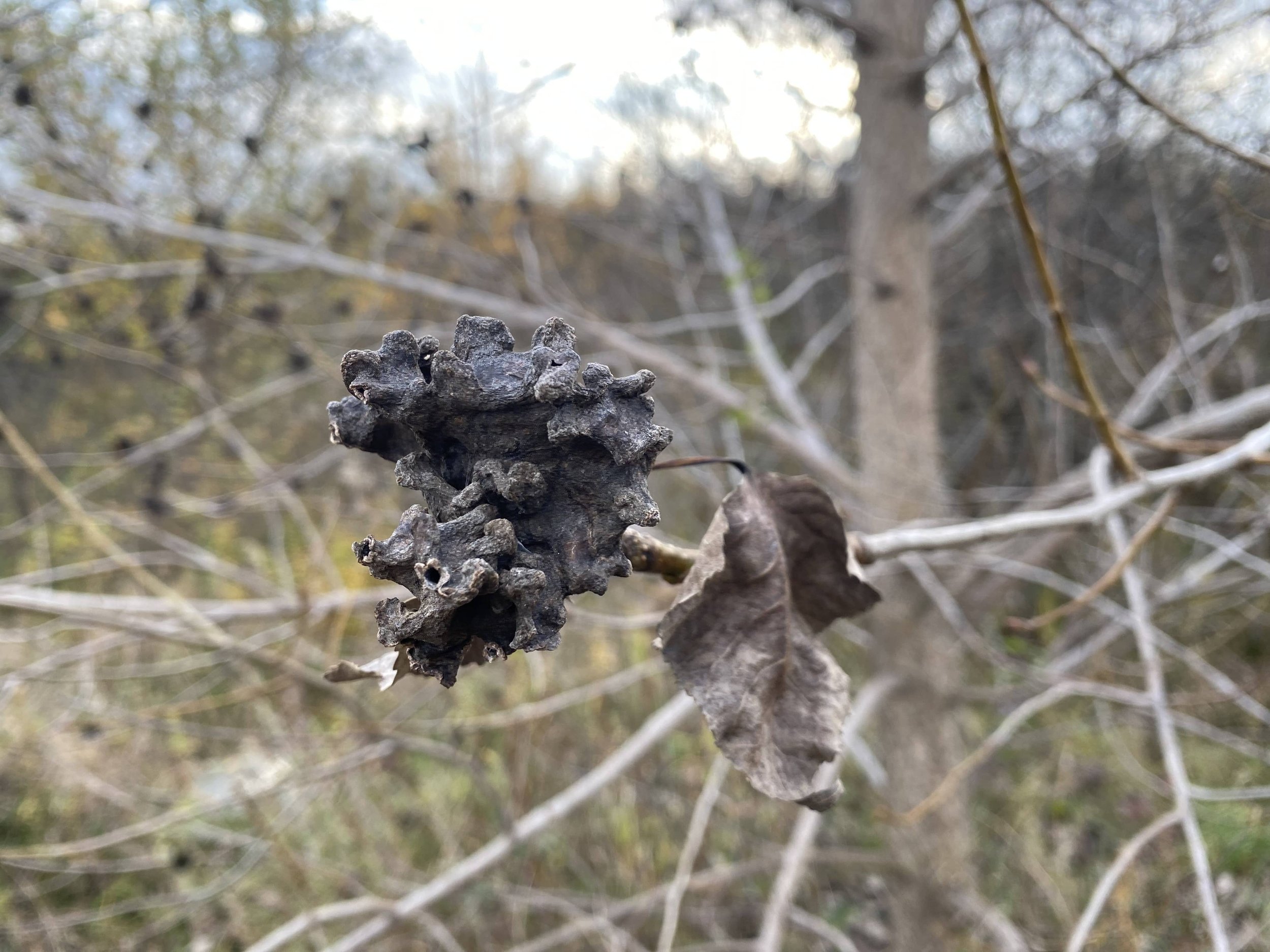
Ep. 238 : Looking At Two Unusual Galls
This passed weekend I was able to go out tracking with folks at Wiijindamaan where I once again notice the Poplar Vagabond Aphid Gall. And last week, I was having another conversation with folks about the Spruce Pineapple Adelgid Gall. Galls persist through the Winter and into Spring when many of the insects which have created them will begin to emerge.
Since now is the time to be keeping an eye out for the insect emergences, I figured I would share my excitement for these two galls. Not only are they beautiful and unusual, but they also highlight my growing feelings on what I call “biology 202”, a deep appreciation for the complexity of life beyond our cultural assumptions. It’ll make more sense when you hear it.
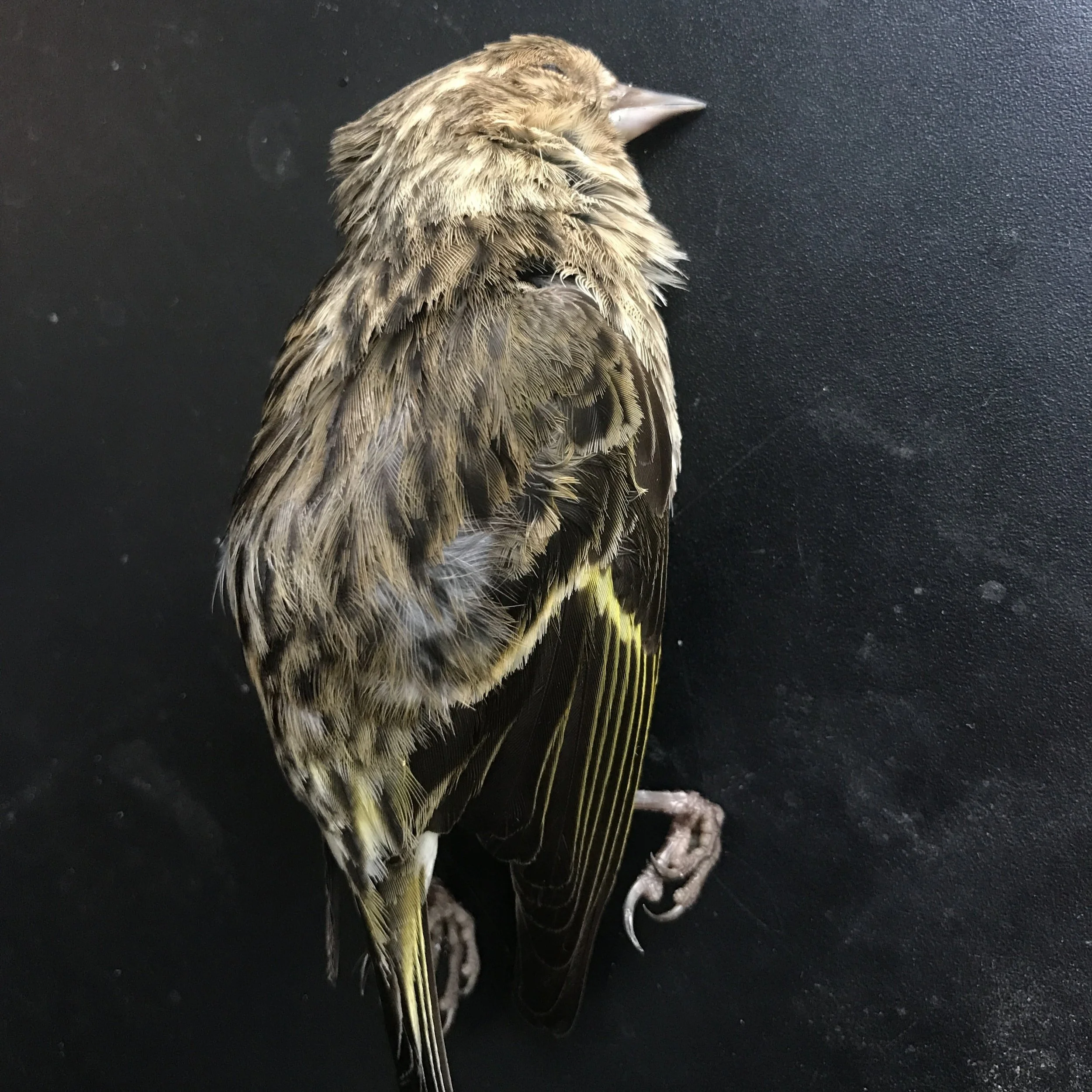
Ep. 235 : Pine Siskins
I just got home from Algonquin Park. I got the privilege to spend the past week tracking Wolves, Moose, Martens, Grouse, Flying Squirrels, and so many other creatures throughout the length of the park. It was magical, inspiring and motivating. Restful as much as exhausting.
One animal I spent some time learning about over the week was the Pine Siskin, as they were my focal species for the week. Sadly on our last day, two dead Pine Siskins were found on highway 60, hit by vehicles as they were on the road, consuming the de-icing salts.
I decided on the way home I would do a little research and make the next show all about them. Here’s to the Siskins and all they’ve taught and inspired in me.
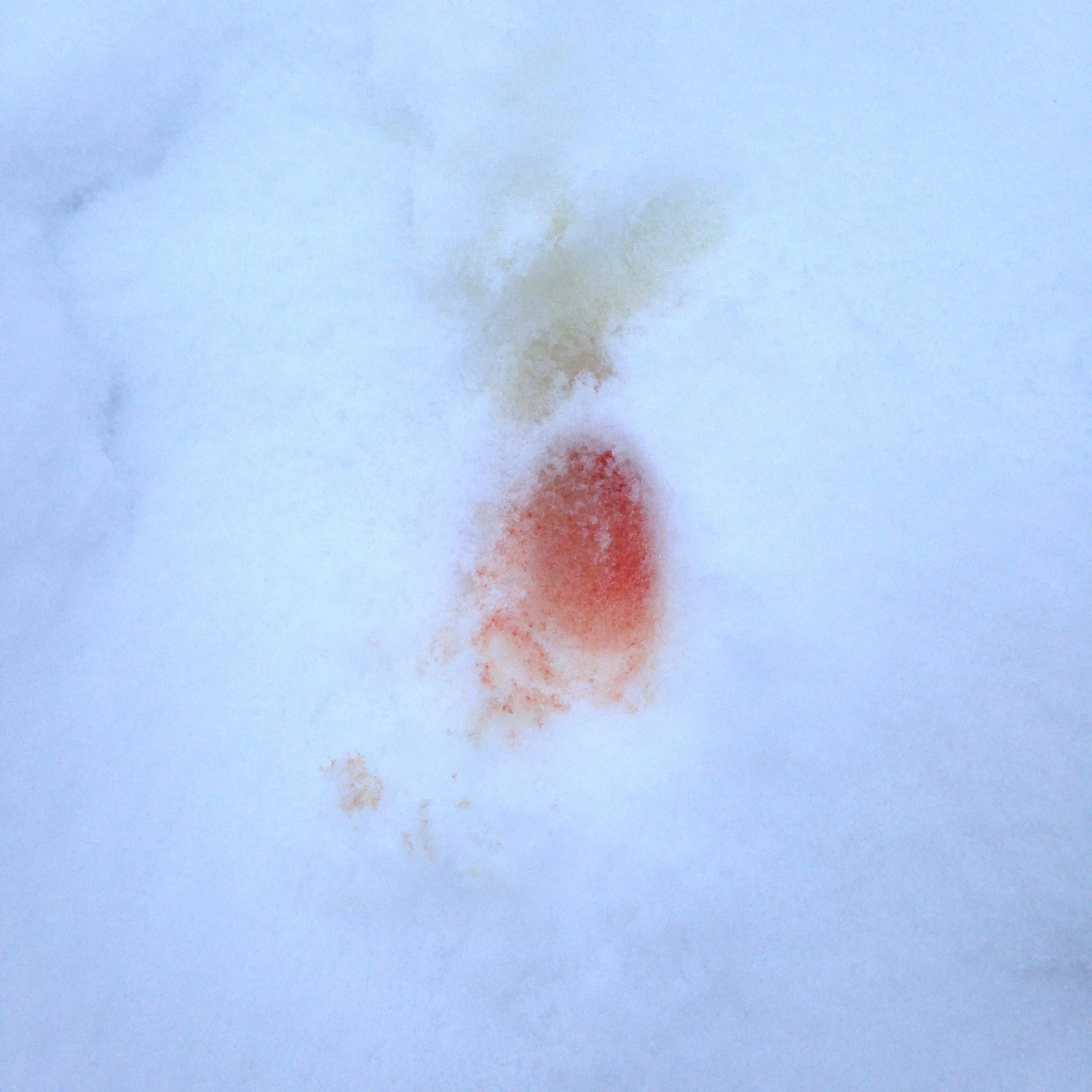
Ep. 234 : Courting Behaviours of the Eastern Coyote
It’s that time of year again, when the animals are getting out and getting down. While driving home the other day I drove past a forest where I had once trailed a part of courting Coyotes and realized that now is the time we will be seeing these courting behaviours. I had written about them before, but it was worth revisiting as it will likely be coming up on the land, and in my classes.
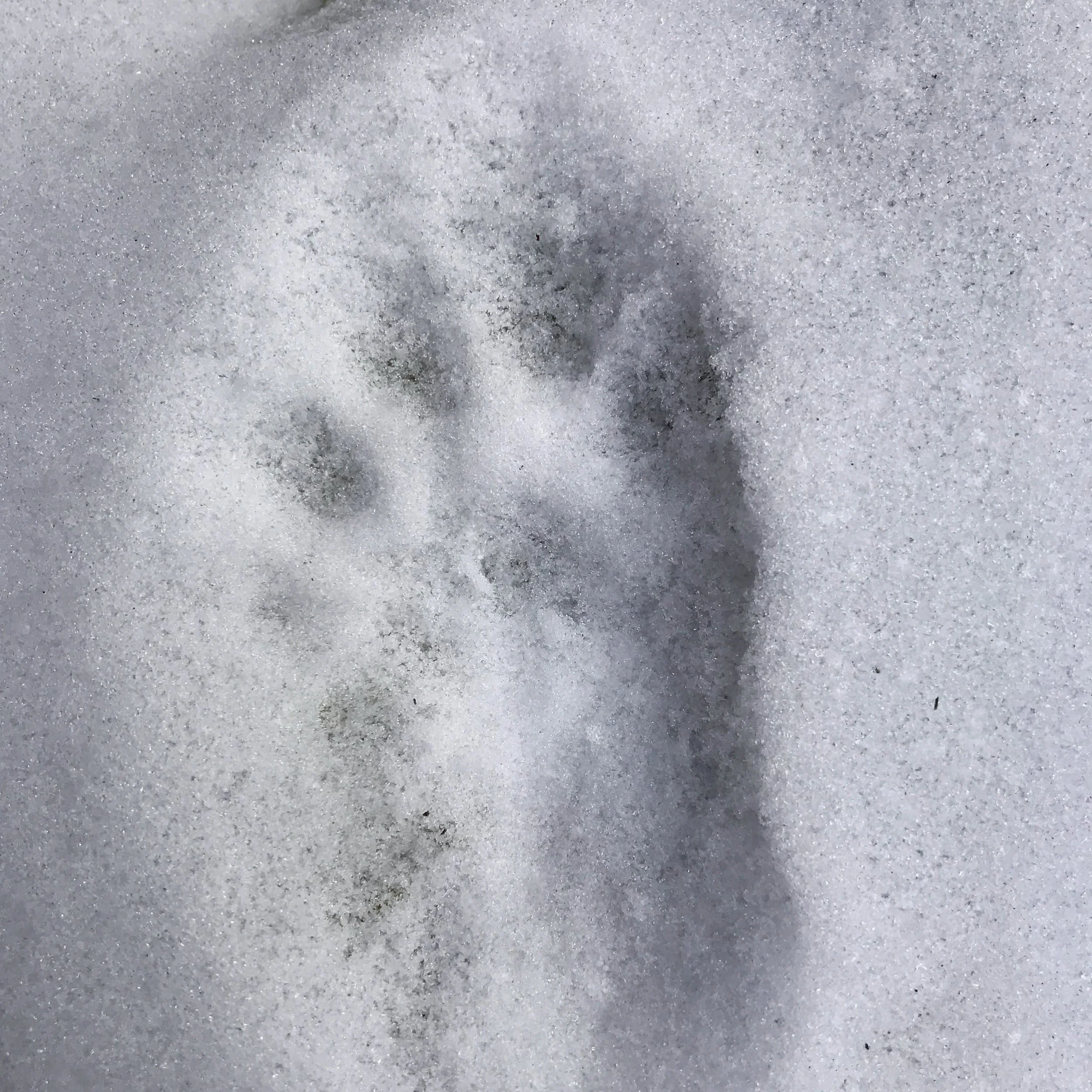
Ep. 233 : On the Fisher Trail
Once again I have been inspired by the Fisher to dig a little deeper into their ecologies, behaviours and the signs they leave behind. There is always so much to know that another show about them, relating another story of following the Fisher trail seemed worthwhile.
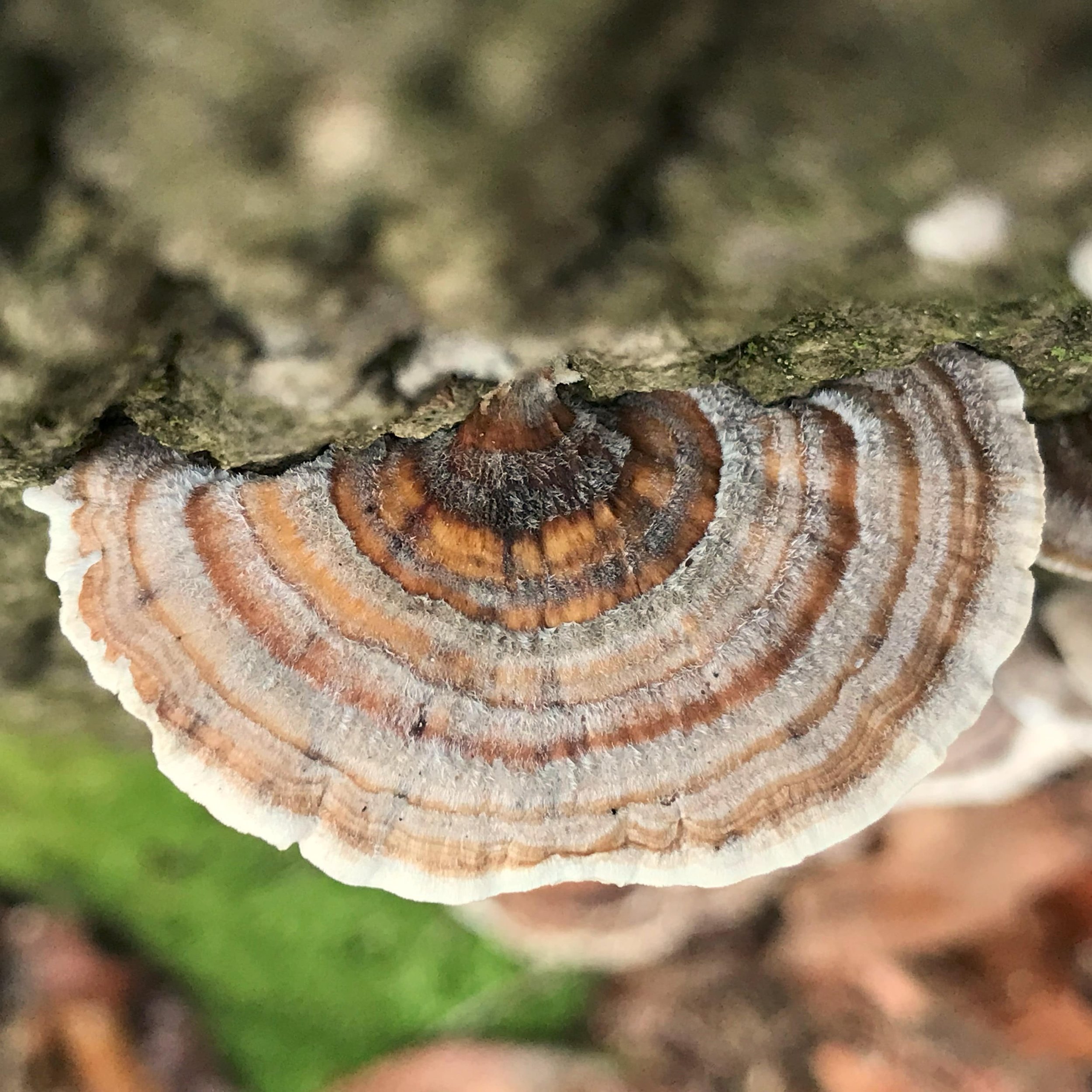
Ep. 231 : Turkey Tail
You know when there is someone kicking around the party whom you recognize, maybe even say hello to, but you just don’t know that well? Or perhaps you two have been acquainted for a while but something comes up and that gets you talking a little more intimately? I feel like that with Turkey Tail (Trametes versicolor). I wanted to try my hand at foraging and creating some medicine, but really I needed to read up on what others have sorted out before I prepare anything for ingestion.
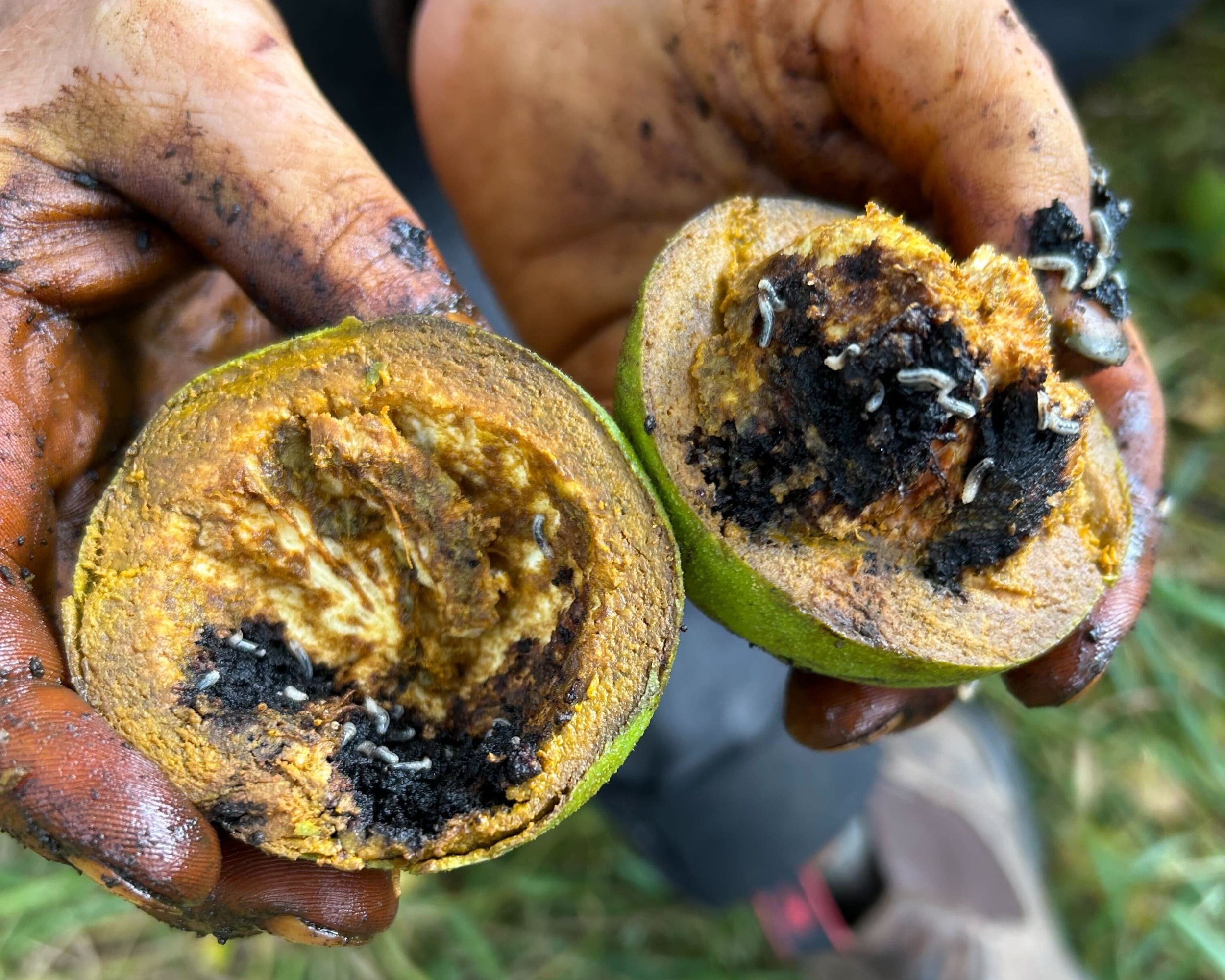
Ep. 228 : Walnut Husk Maggot Fly
Every big mast year for Black Walnuts I like to harvest a ton of them and then process them for both the husks and the nutmeat inside. While the nutmeats are very troublesome to access it is getting easier as I learn which tools are better than others, and the food value is totally worth it. As for the husks, it’s pretty easy to rip or cut them off of the nut. This year, as in previous years as well, there has been a small ethical dilemma which has come up when using the husks for dye. Nestled in the husks are small larvae of what I believe to be the Walnut Husk Maggot Fly which is a fruit fly I don’t know much about. But because I love Walnuts, I figured I should learn.
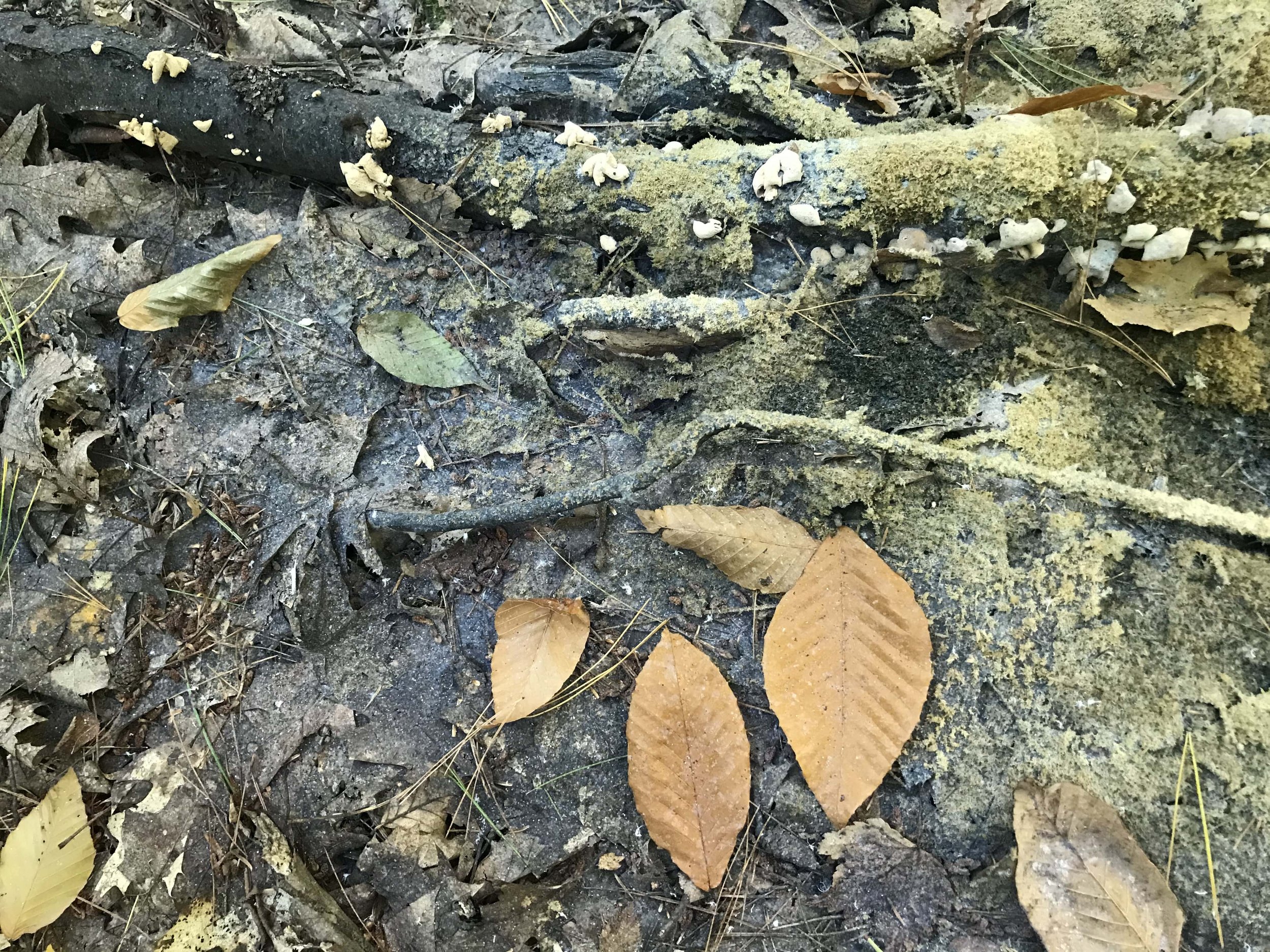
Ep. 227 : Honey Dew Eater
Scattered in the back of the Main tract there are many American Beech trees. Some tall, some small, but they are there amidst the Red Oaks (Quercus rubra) and Sugar Maples. If you look close at the branches of these Beech trees you'll find little white fluffy insects dancing about in huge colonies. These are the Wooly Beech Aphid and they are there sucking sap out of the Beech tree. Now when any animal consumes their fill of whatever it is they are consuming, they must release the waste, and so too with the Aphids. This waste, called Honey Dew, is dropped and as it falls lands on the leaves, branches, and ground below. When this happens, the spores of the Honey Dew Eater come around and land on the Honey Dew and begin their life cycle.
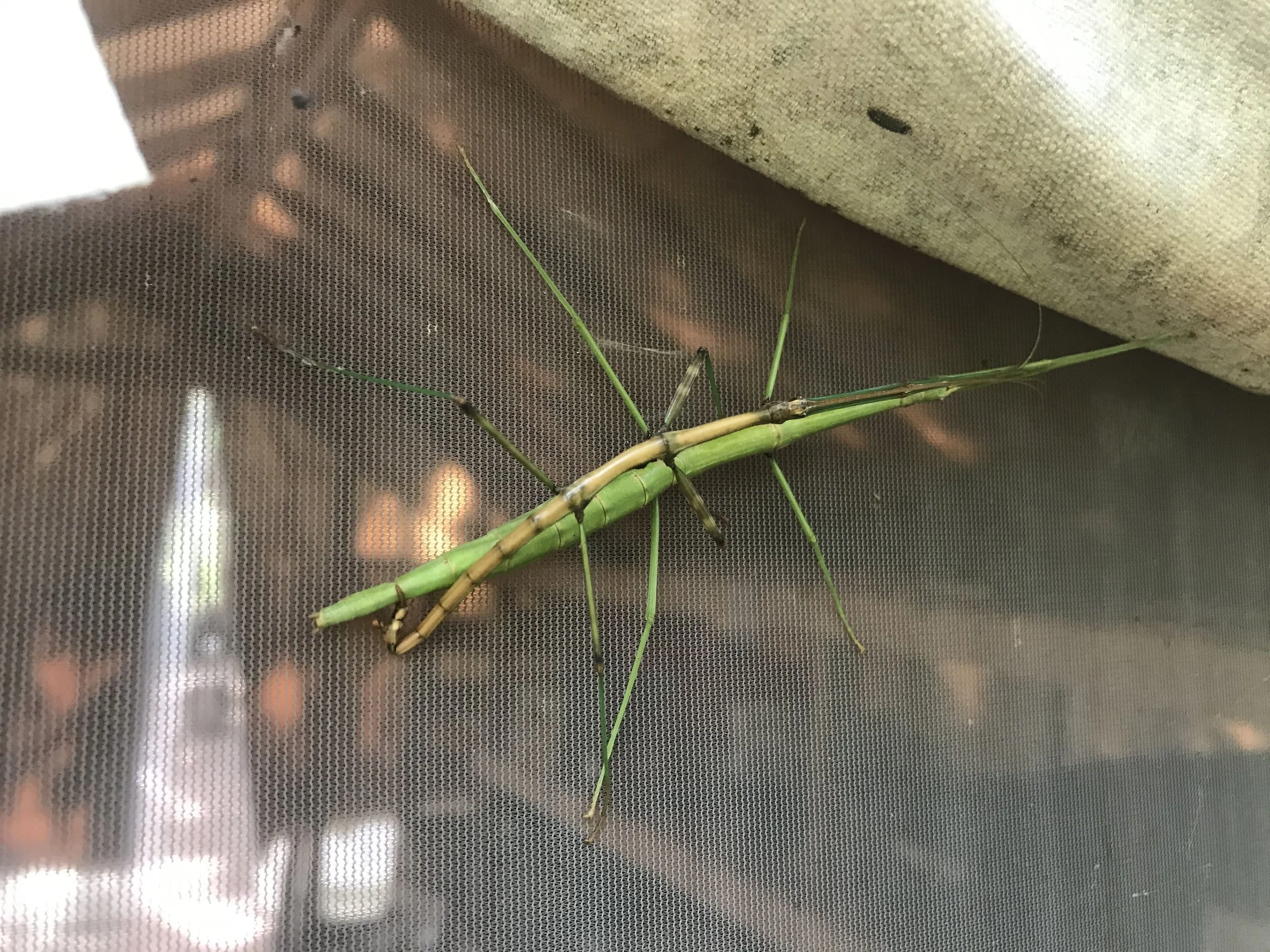
Ep. 225 : Walking Stick Insects
Last Thursday a call came over the radio at work. “I just want to let everyone know that there are two Walking Sticks mating on the tent”. I can’t really remember what I was doing with the students at the time, but we all dropped everything and made our way, some faster than others. I had seen a couple of Walking Sticks over the Summer, but realized, while jogging through the forest on my way to see these two going at it, that I knew very little about the life cycles, ecology and overall natural history of this species or the order as a whole. I figured I should observe the mating pair carefully, and then research a bunch when I get home.
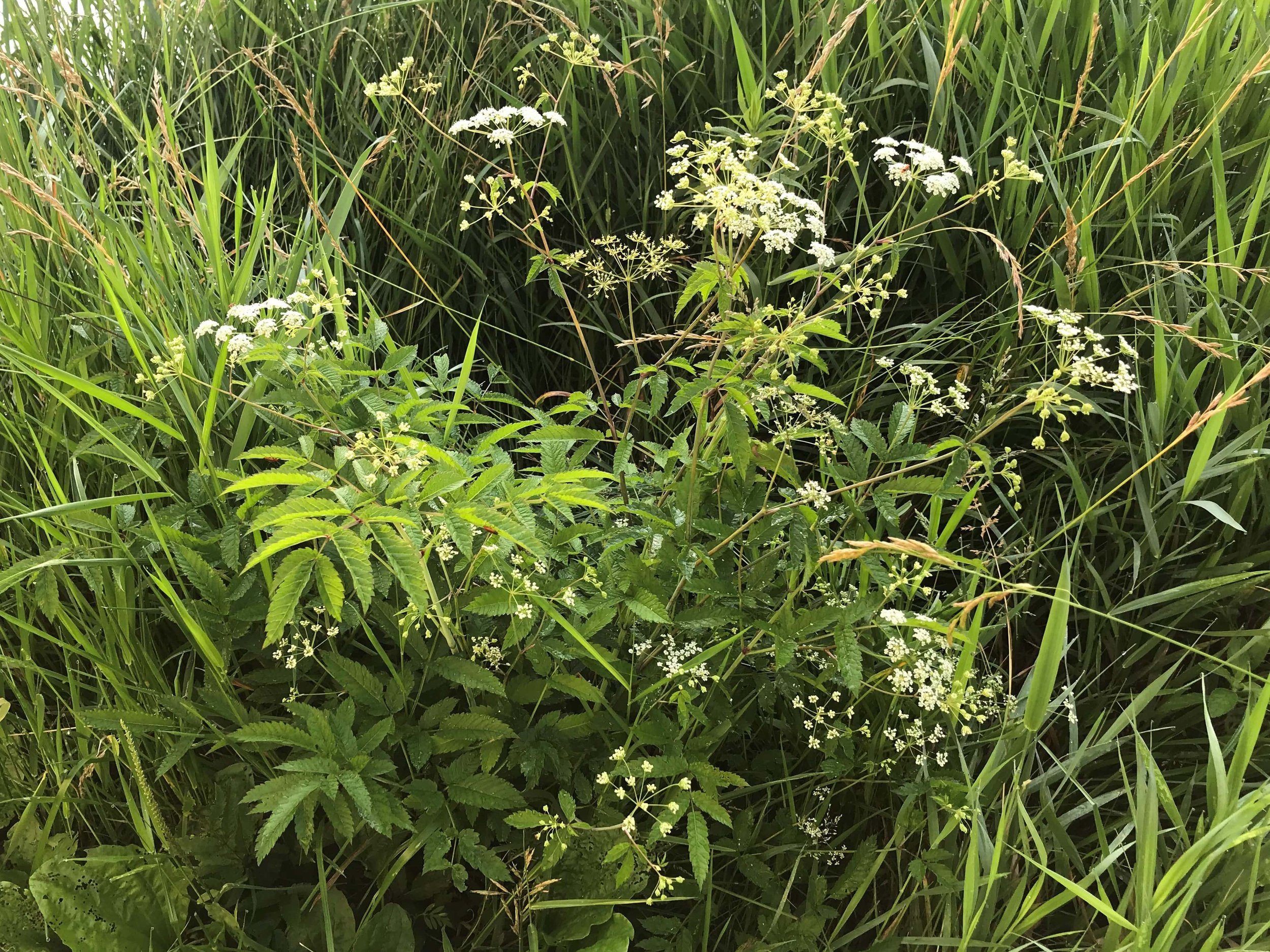
Ep. 221 : Exploring Water Hemlock
I have had a long curiosity regarding Water Hemlock ever since I had heard of them. Perhaps the most toxic plant on Turtle Island/North America. Of course I would be enamoured! I misidentified them for a couple of years thinking I knew who they were, but it wasn’t until the past four or five years that I began taking a closer look, seeking them out, learning the lore, and reading the sometimes sparse literature on the plant. This show is an effort to collect my thoughts and learning, and to make the recent blog post, which has lots of good photographs to assist with proper i.d., more accessible to those who don’t want to read it all but would rather listen to it instead.
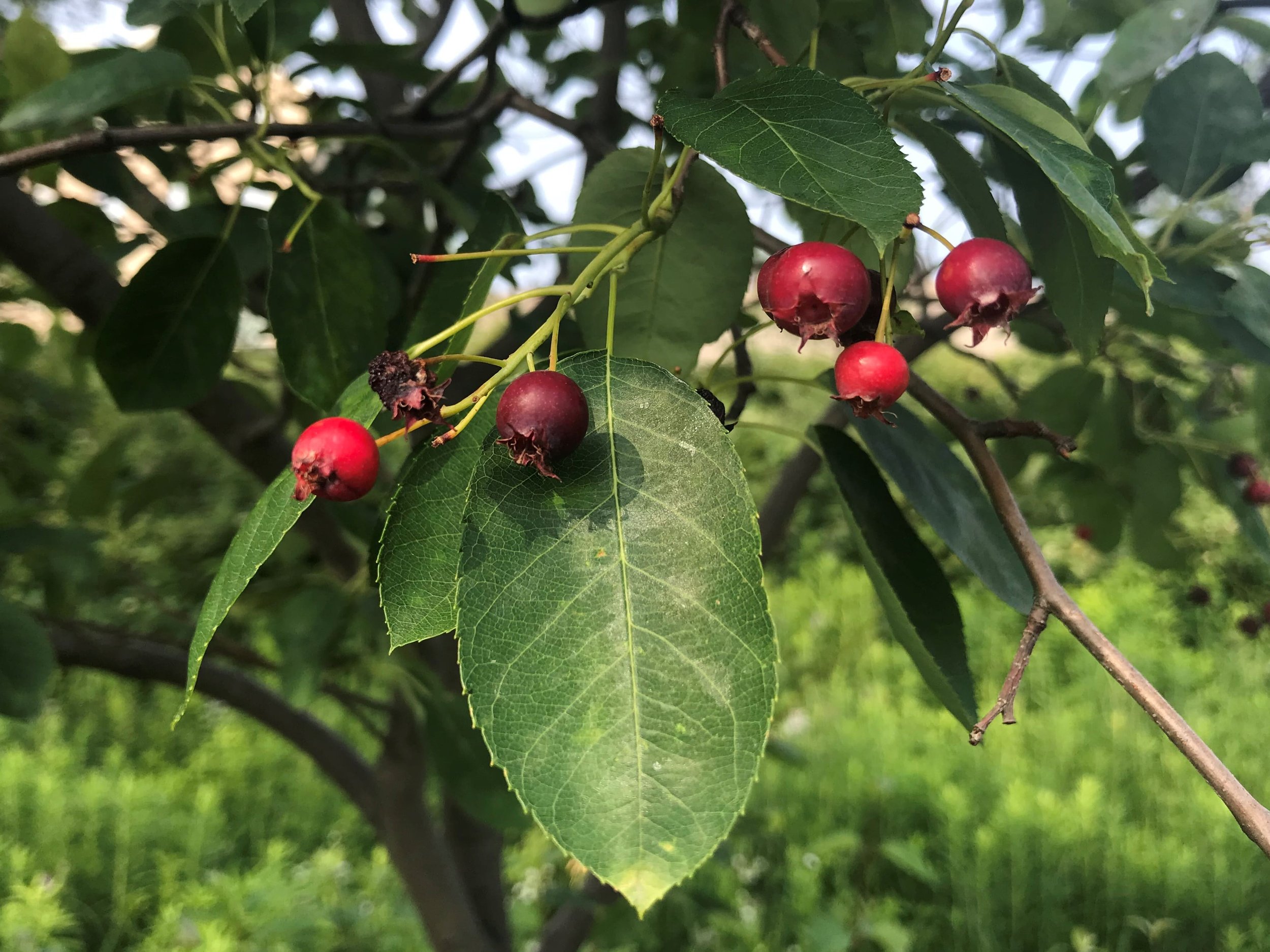
Ep. 220 : Discussing Serviceberry
The Serviceberry is a widely distributed edible fruit tree which fills my heart as much as my belly. It’s just sweet enough, with berries just big enough, just in reach to make me so happy to come across. Sometimes we happen upon them wandering through the woods, sometimes we go visit our favourite individuals, sometimes we make detailed extensive maps of every tree the city has planted… or maybe I just do that.
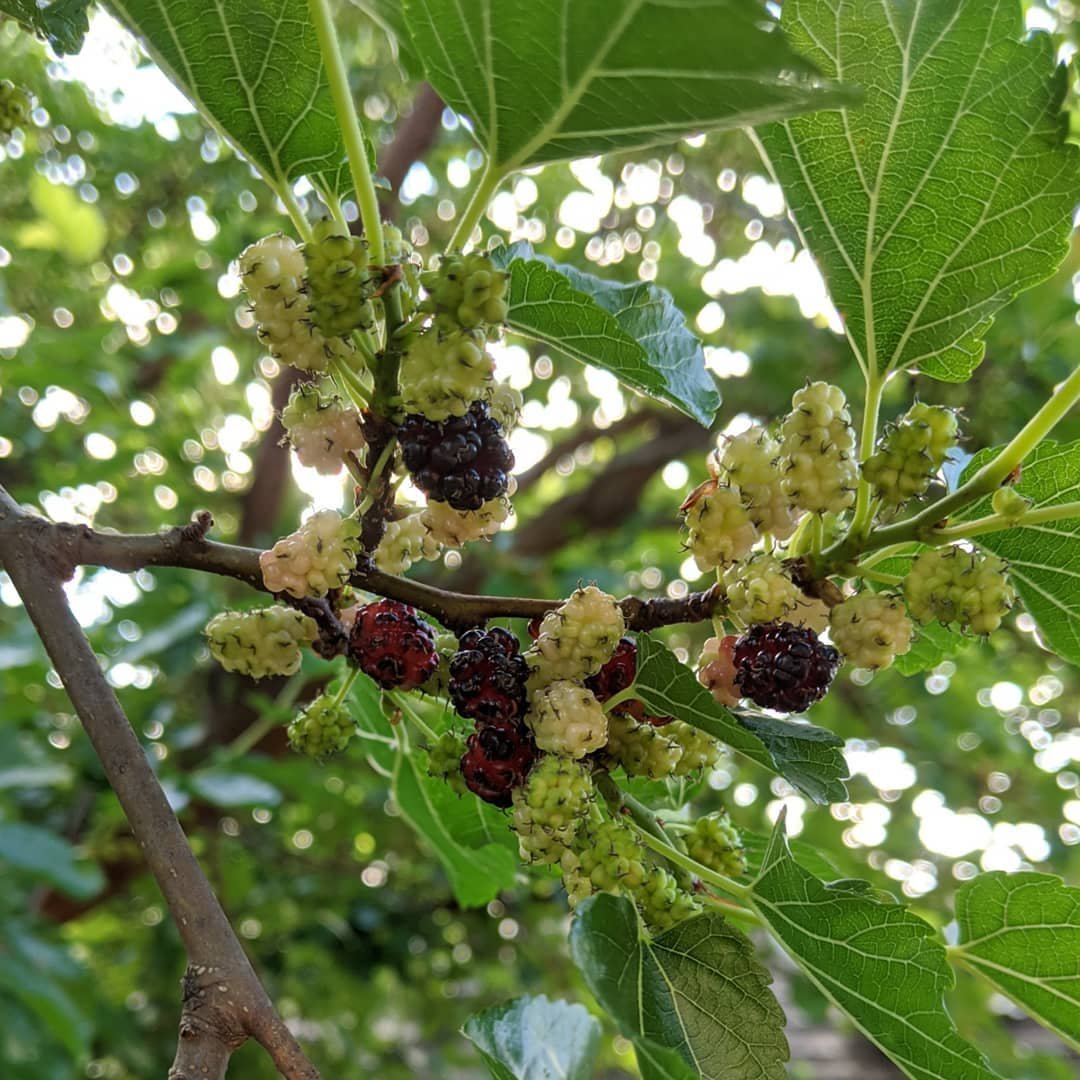
Ep. 219 : Discussing Mulberries with Matt Soltys
Mulberries are a well known and popular wild urban edible that a lot of foragers come to know early in the development of the craft. They are easily identifiable, taste great, and prolific in urban and peri-urban environments which means lots of people can get to know them. Not only are there an abundant of Mulberry trees out there, each fruit producing tree makes buckets of fruit that litter the sidewalks for a month if the birds, squirrels, Raccoons and humans don’t get at them first. And while Mulberries don’t seem like a political focal point in the world of conservation, I am learning that they can be as well.

Other platforms where you can listen to the show :
As well as : Breaker : Overcast : Pocket casts : RadioPublic



